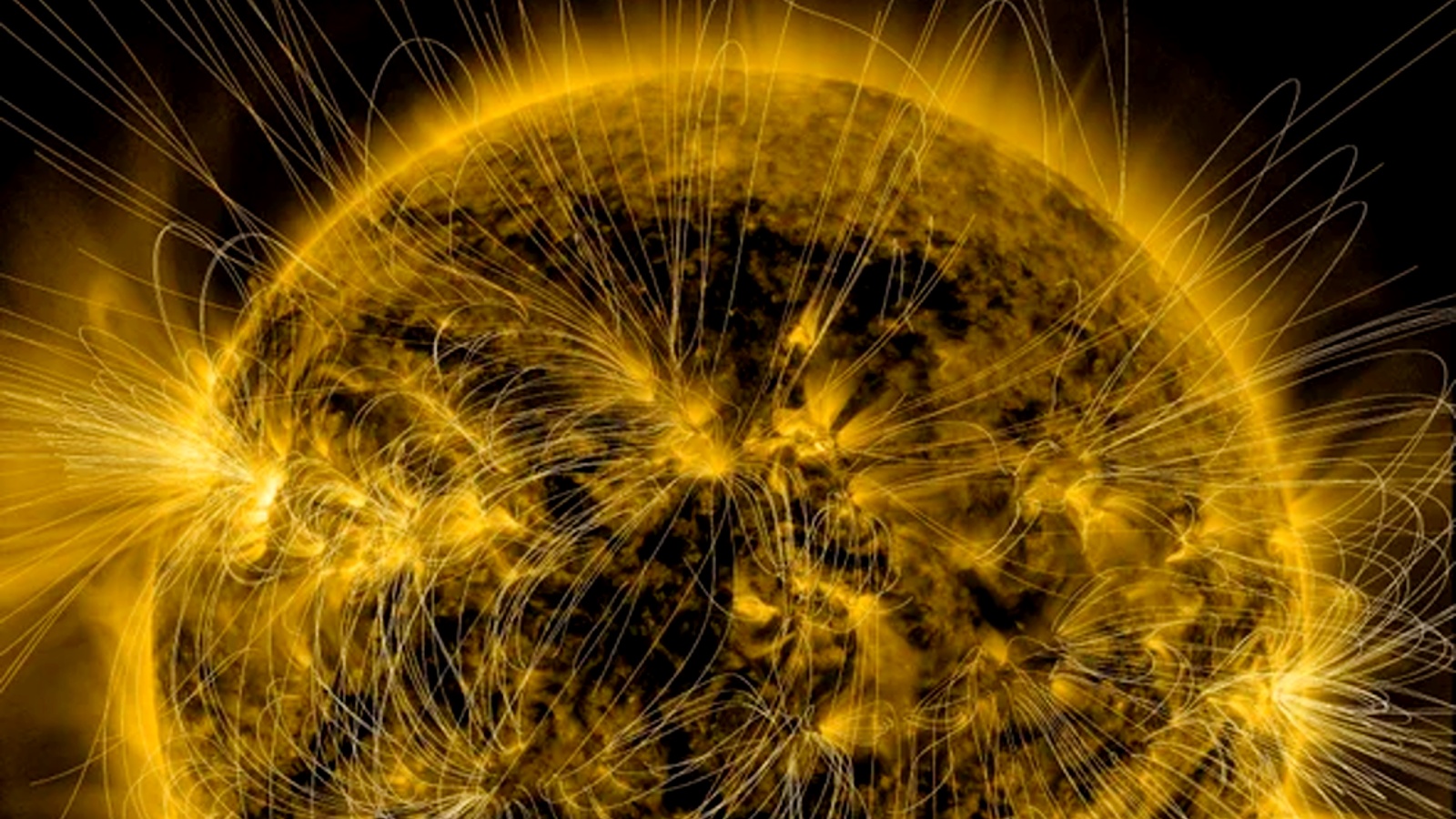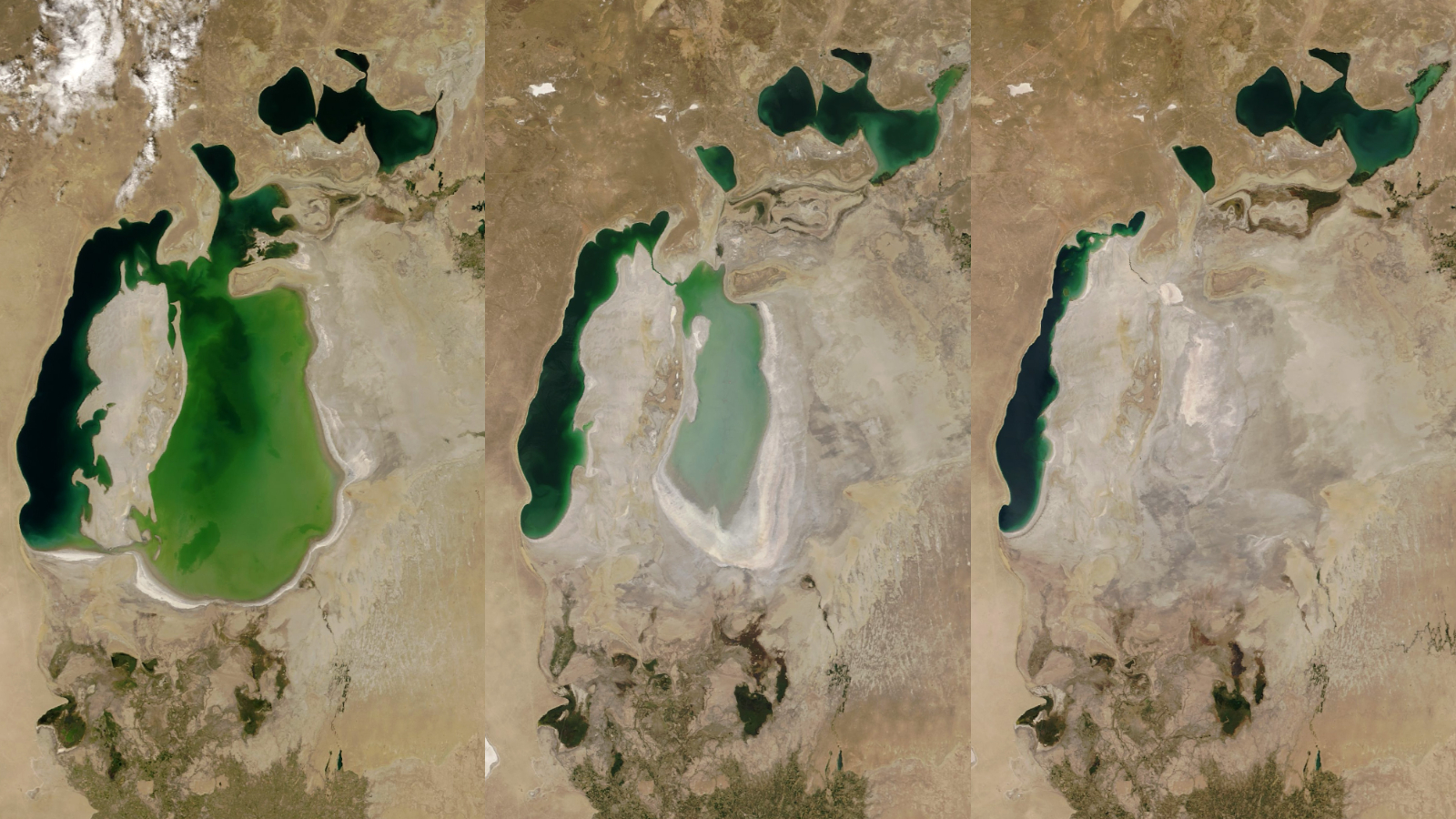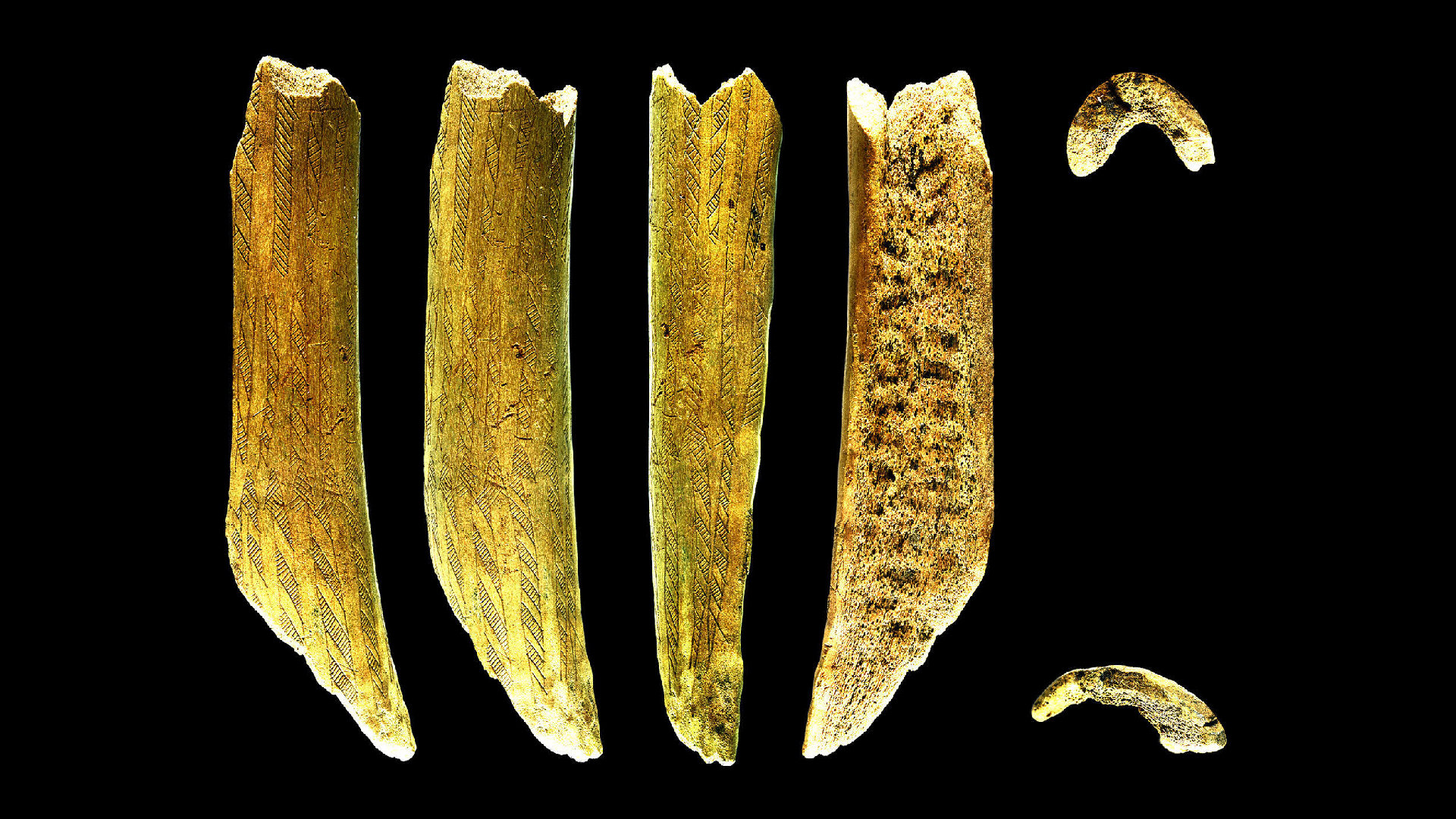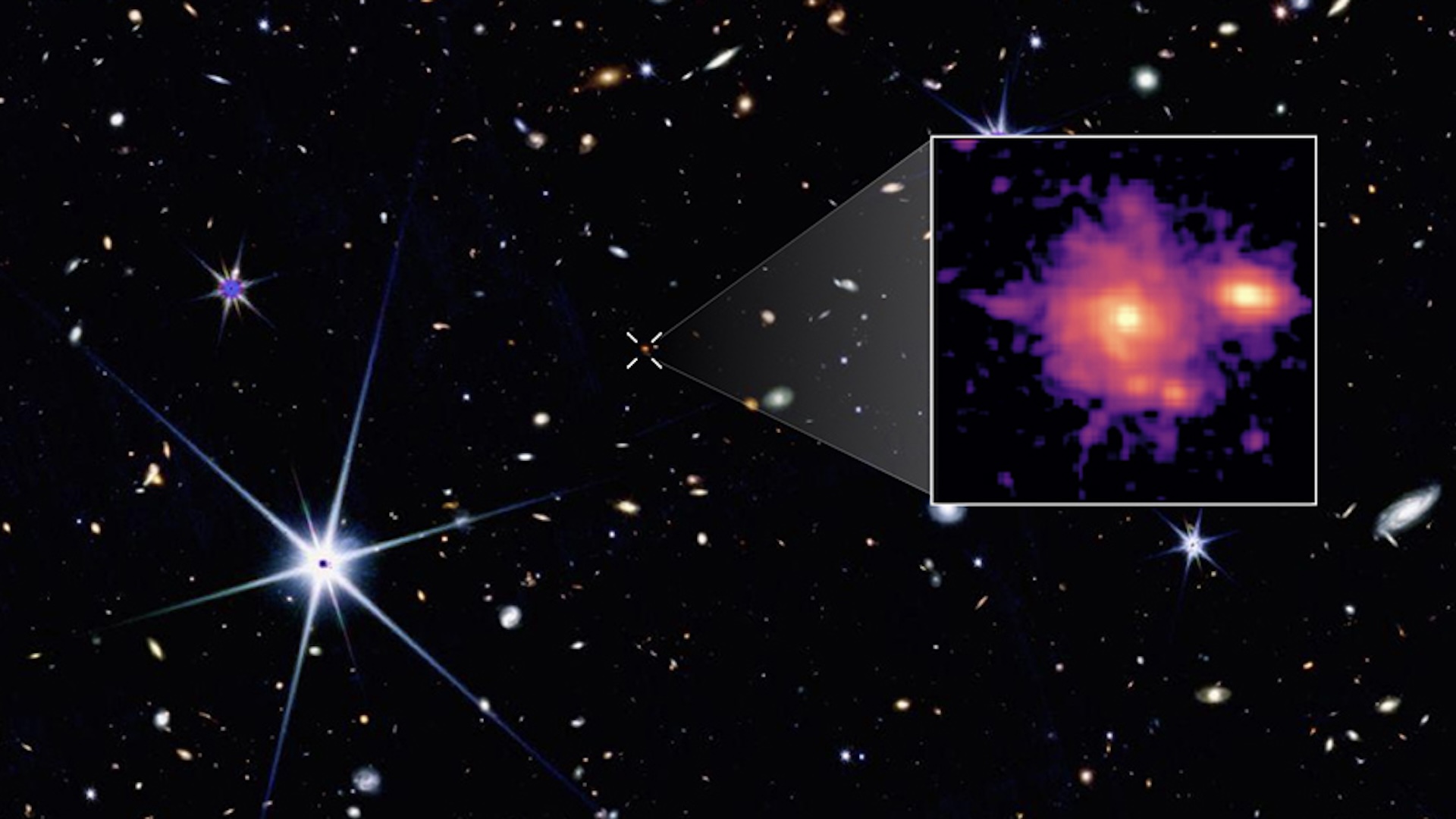What time does the solar eclipse start tomorrow?
Tomorrow (March 29, 2025), a deep partial solar eclipse will be seen at sunrise in North America and midmorning in Europe. Here's what time to watch the celestial spectacle unfold.
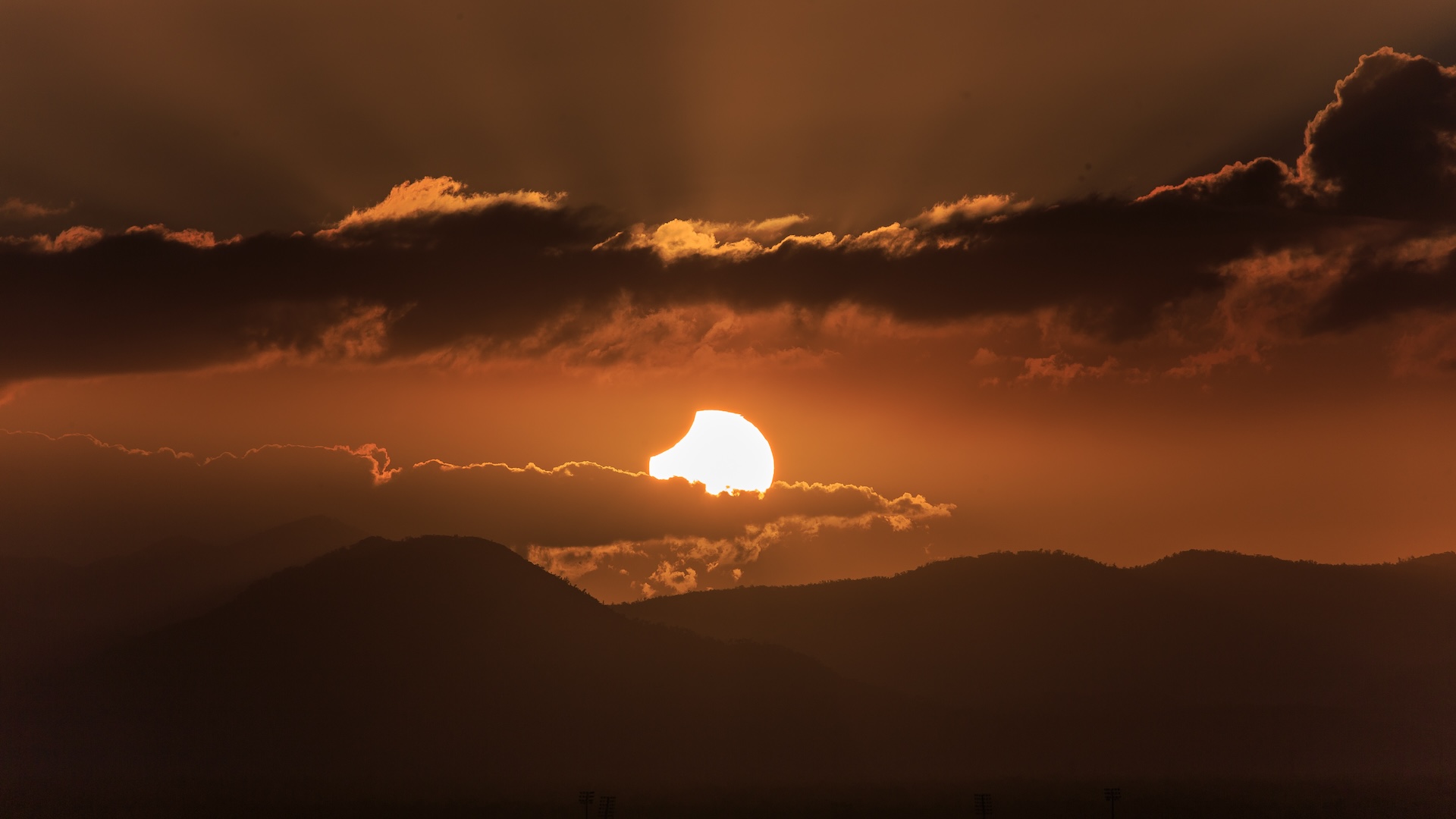
At dawn tomorrow, March 29, a deep partial solar eclipse will be visible across much of the northeastern U.S. and eastern Canada, as well as in northwestern Europe, northwestern Africa and northern Russia, as the moon takes a "bite" out of the sun from our perspective on Earth.
A lucky group of 13 states will have views of the sunrise solar eclipse, but exactly when to watch the celestial event — the first solar eclipse of the year — depends on your location.
What time is the March 29 solar eclipse?
According to Time and Date, the eclipse officially begins at 4:50 a.m. EDT and ends just under four hours later, at 8:43 a.m. EDT. However, that doesn't tell you exactly when to see it, when the eclipse will reach its peak, or how long it will last for any particular location.
Related: How to watch tomorrow's solar eclipse from anywhere on Earth
The easiest way to get the precise timings for your location is to type your city or address into this eclipse map, which will give you a full schedule of the eclipse start time, the time of sunrise, the moment of maximum eclipse and the eclipse end time for your location. It will also tell you where in the sky to look, as well as simulate what you'll see.
For example, in Boston, sunrise is at 6:31 a.m. EDT and will take place at 85 degrees azimuth (measured clockwise from north), so just north of due east. The eclipse will be at its maximum (43%) shortly after at 6:38 a.m. EDT while just 1 degree above the horizon. The eclipse will end at 7:07 a.m. EDT, with the moon departing the sun while it's 6 degrees above due east.
In New York City, sunrise is at 6:44 a.m. EDT and will also occur at 85 degrees. The eclipse will be at its maximum (21%) at 6:46 a.m. EDT while on the horizon and end at 7:04 a.m. EDT while it's 3 degrees above the horizon.
Sign up for the Live Science daily newsletter now
Get the world’s most fascinating discoveries delivered straight to your inbox.
With the eclipse taking place very low on the horizon in North America, it's best to be in a coastal location to see the sunrise above the ocean or to observe from an elevated position. Also, because this is a partial solar eclipse, viewers must wear protective eyewear at all times, be it a pair of certified solar eclipse glasses or a backyard telescope with solar filters attached.
Across Europe, the eclipse becomes a midmorning event. The sun will be eclipsed to a much lesser extent, but it will be much easier to see than in North America because it will be higher above the horizon. For example, in London, the eclipse begins at 10:07 a.m., peaks at 11:03 a.m. at 31%, and ends at midday. There, the entire event will occur high in the southeastern sky, making precision far less important.
Sun quiz: How well do you know our home star?

Jamie Carter is a freelance journalist and regular Live Science contributor based in Cardiff, U.K. He is the author of A Stargazing Program For Beginners and lectures on astronomy and the natural world. Jamie regularly writes for Space.com, TechRadar.com, Forbes Science, BBC Wildlife magazine and Scientific American, and many others. He edits WhenIsTheNextEclipse.com.
You must confirm your public display name before commenting
Please logout and then login again, you will then be prompted to enter your display name.

